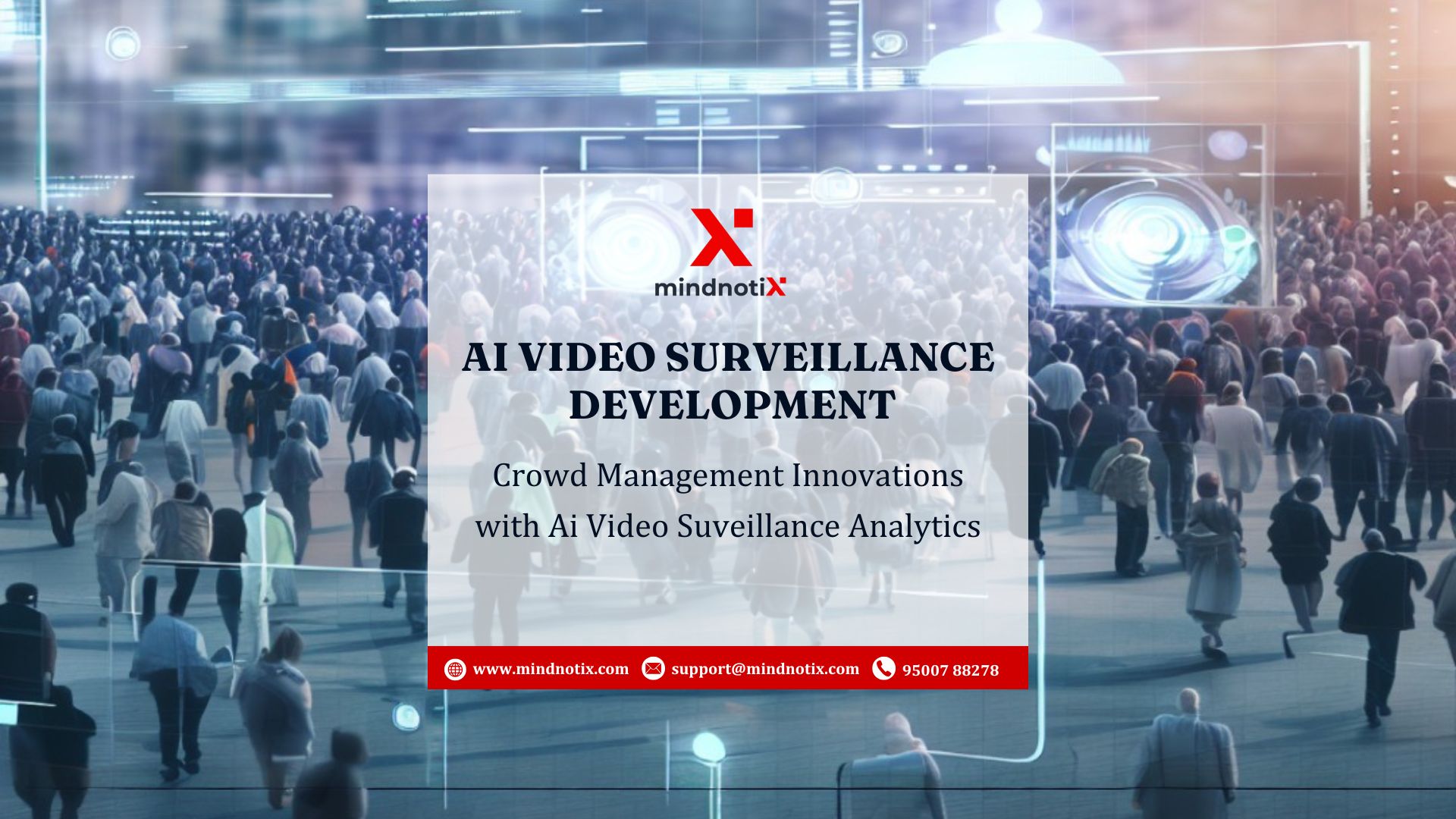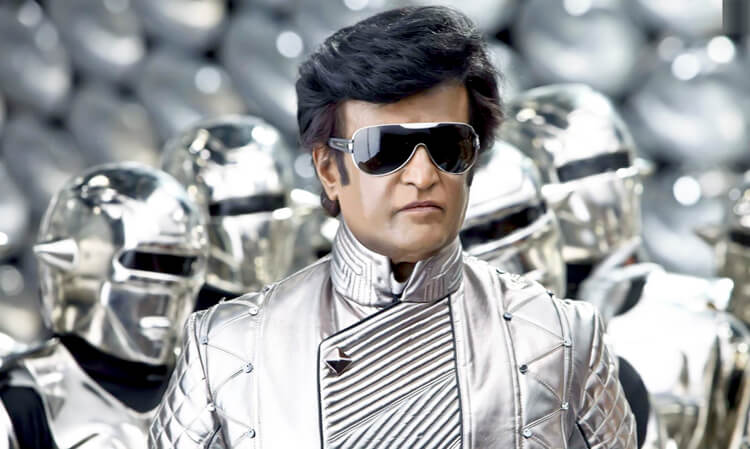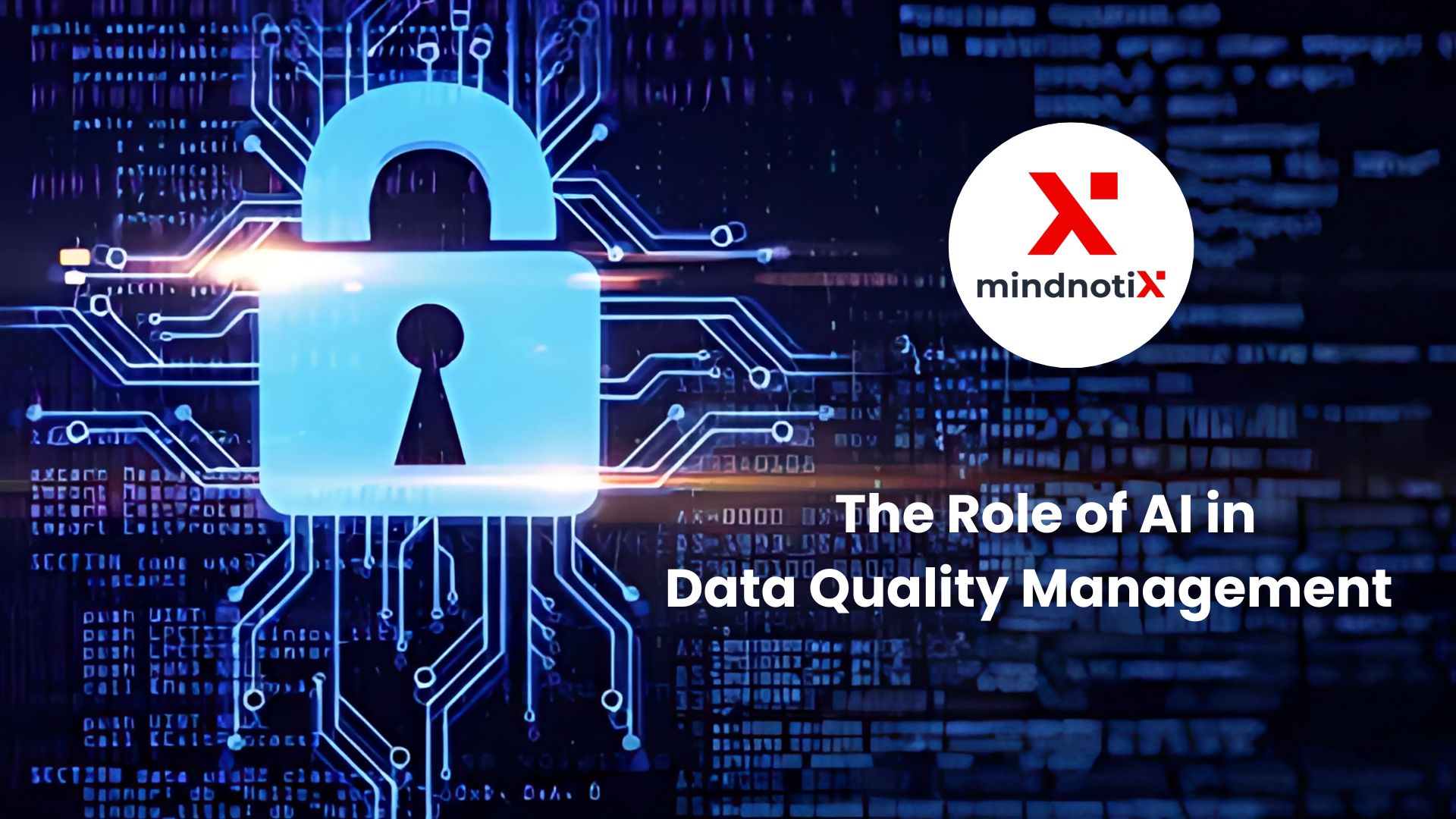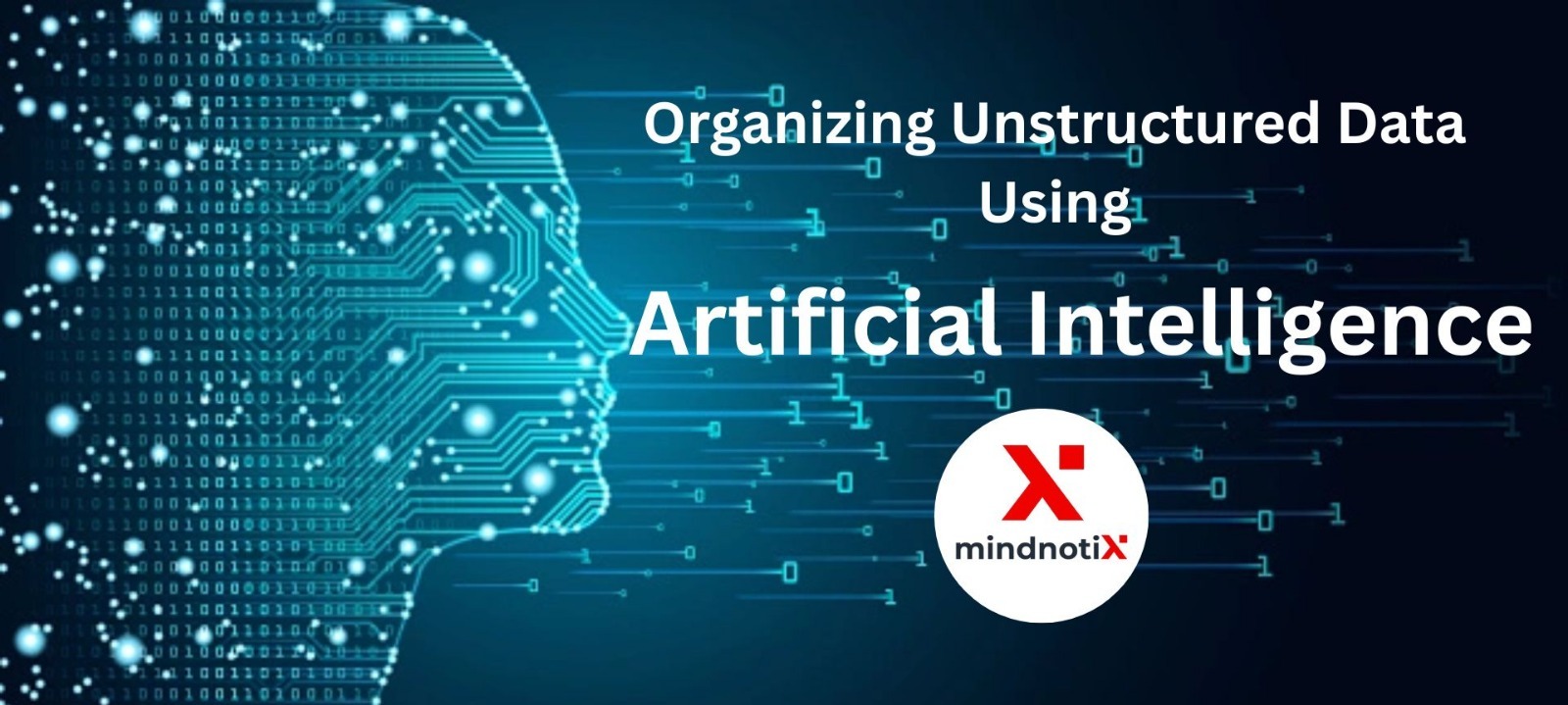In today’s world, video and video analytics software have become integral to public spaces like retail centers, shopping malls, airports, and roadways. Over the last four decades, advancements in computer vision and related fields have been driven by collaboration among researchers, governments, and the public. One key catalyst for this progress is the massive volume of video data generated in public spaces. Leveraging this data, video analytics has evolved to meet diverse needs across industries, with Artificial Intelligence (AI) and Machine Learning (ML) at its core.
AI-powered video analytics offers two critical capabilities: precise evaluation of individual events and the aggregation of long-term statistical insights. Initially, the primary focus of video analytics revolved around detecting alarms and identifying abnormal behaviors for applications such as public safety, crowd monitoring, facial recognition, and intrusion control. However, with advancements in AI and ML, video analytics systems have grown in sophistication, offering granular insights and broader applications.
Core Themes and Applications of Video Analytics
Modern video analytics revolves around four key themes: computational vision, demographics, behavior analysis, and system design.
For example, in security applications, detecting unusual demographic behaviors in real time is essential. In urban spaces, video analytics systems monitor routine events, such as people entering a mall, and record them for offline analysis. This technology also provides insights into crowd behavior, tracking metrics like the number of people gathering at specific locations, their demographics, and the pathways they use.
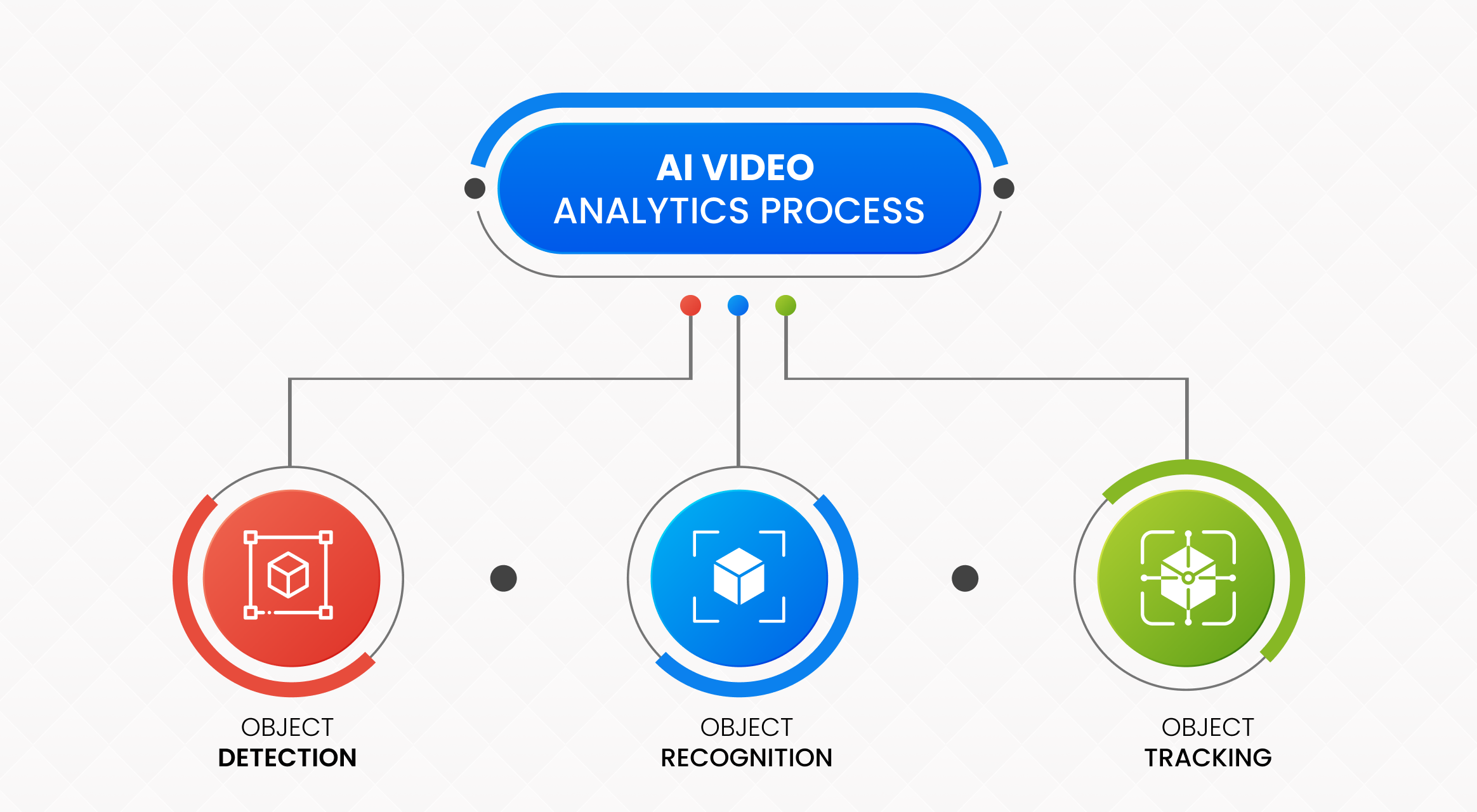
At airports—a microcosm of modern complexity—video analytics plays a vital role. Real-time systems assess congestion levels, queue lengths, and flow efficiency in high-traffic areas like security checkpoints, immigration counters, and boarding gates.
Tackling Challenges Through AI
The ubiquity of cameras has led to a constant stream of video data, posing significant challenges in search, retrieval, and analysis. Mindnotix is at the forefront of addressing these challenges. By combining deep expertise in AI and ML with innovative video analytics, Mindnotix offers solutions tailored to security, business, and civil applications.
Our Unified Video Computing Platform (UVCP) integrates computer vision and pattern recognition techniques, enabling clients to detect, track, and interpret objects and behaviors across multiple video streams. Deep learning models and Convolutional Neural Networks (CNNs) power these systems, allowing them to identify and analyze objects with human-like accuracy.
Foundational Building Blocks
1. Object Detection and Tracking:
This capability is central to video analytics, identifying and monitoring objects such as faces, individuals, crowds, or inanimate objects. Our proprietary AI engine employs advanced CNNs to achieve high performance, even in challenging environments.
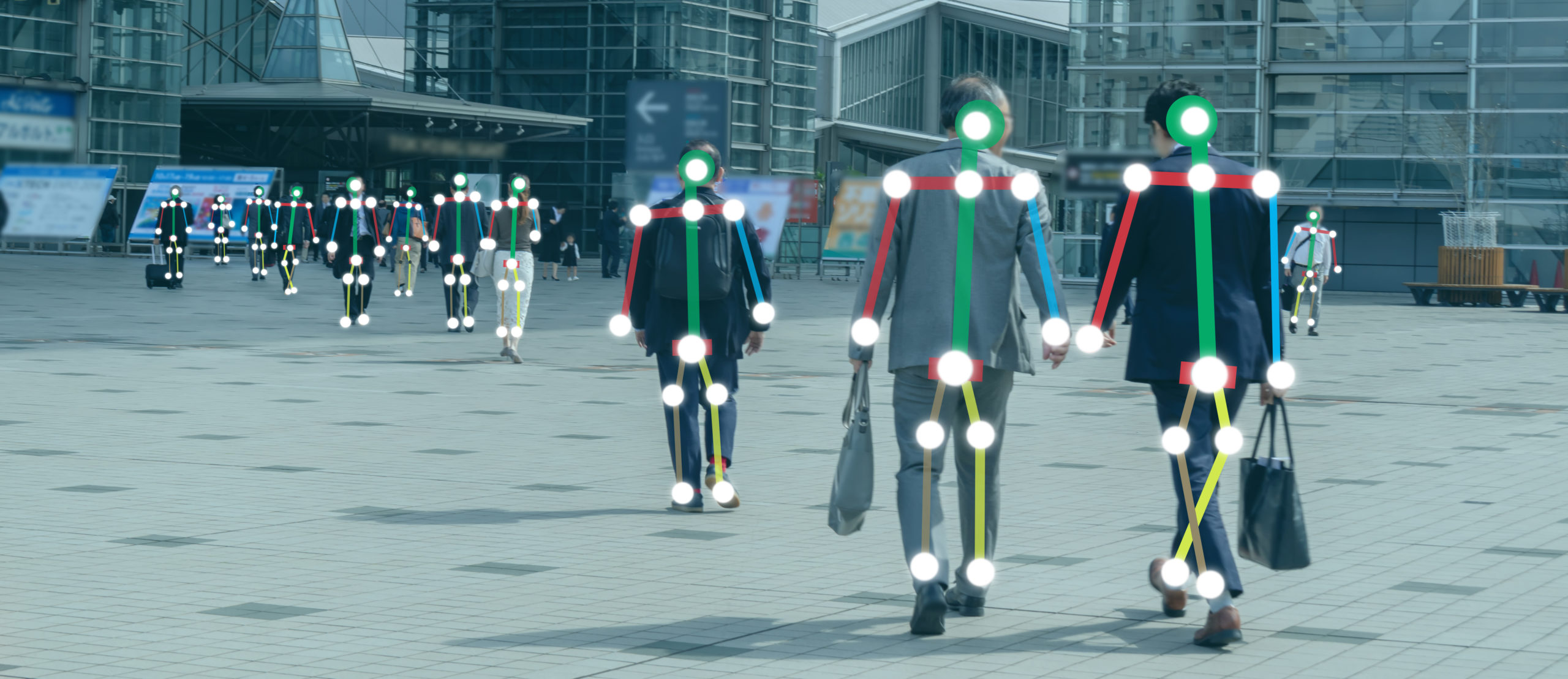
2. Camera Calibration:
Efficient camera calibration is critical, especially for large networks of cameras with varying viewpoints. Advanced AI-driven frameworks optimize calibration for both overlapping and non-overlapping camera networks, ensuring seamless data integration.
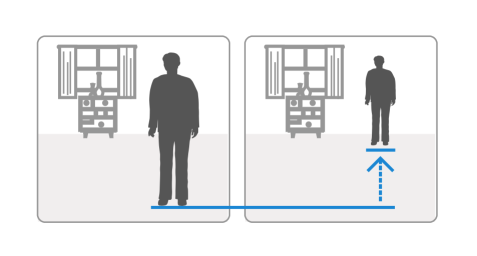
Transforming Crowd Management
Video analytics has revolutionized crowd management, offering solutions for:
- Demographic Analysis: Automatically gathering data on gender, age groups, and dwell times without manual observation.
- Crowd Formation and Dispersion: Estimating crowd size and behavior using advanced algorithms, heatmaps, and navigational insights.
- Queue Management: Monitoring queue lengths, detecting bottlenecks, and optimizing space utilization through real-time alerts and predictive analytics.
Social distancing, a priority in the post-COVID era, is another area where video analytics excels. AI models analyze video feeds to monitor crowd density and spacing, ensuring compliance with public health guidelines.
Real-Time Alerts and Proactive Responses
AI-based group monitoring evaluates relationships between individuals and activities within a group. This analysis provides insights into crowd behavior, such as group formation and movement, and highlights areas of focus or concern. In public settings, these insights can help prevent congestion, detect unauthorized access, and identify emergencies.
Facial Recognition:
Facial recognition technology adds another layer of intelligence, enabling systems to identify individuals, track their movements, and gather operational statistics without physical intervention. This capability is particularly valuable for enhancing security and optimizing crowd flow in large venues.

Pioneering the Future of Video Analytics

As a leader in video analytics, we continues to push boundaries by adapting existing techniques and developing novel approaches rooted in AI and ML. Our solutions empower clients with actionable insights, helping them navigate dynamic environments with precision and confidence. From crowd monitoring to security applications, AI-powered video analytics is shaping a safer, smarter, and more connected world.
Read more here about : How AI is Revolutionizing Anomaly Detection in City Surveillance Systems
Traffic Monitoring Made Smarter: The Role of AI in Reducing Congestion
Understanding Customer Behavior: AI’s Impact on Retail Surveillance
For more information contact : support@mindnotix.in
Mindnotix Software Development Company


 AI-Taxi App
AI-Taxi App AI-Food App
AI-Food App AI-Property Mgmt App
AI-Property Mgmt App AI-CRM
AI-CRM AI-Fantasy App
AI-Fantasy App
 Web Development
Web Development App Development
App Development Business & Startup
Business & Startup Hire Developer
Hire Developer
 Digital Marketing
Digital Marketing Lead-generation
Lead-generation Creative Agency
Creative Agency Branding Agency
Branding Agency Augmented Reality
Augmented Reality Virtual Reality
Virtual Reality Internet of Things
Internet of Things Artificial Intelligence
Artificial Intelligence Blockchain
Blockchain Chatbot
Chatbot